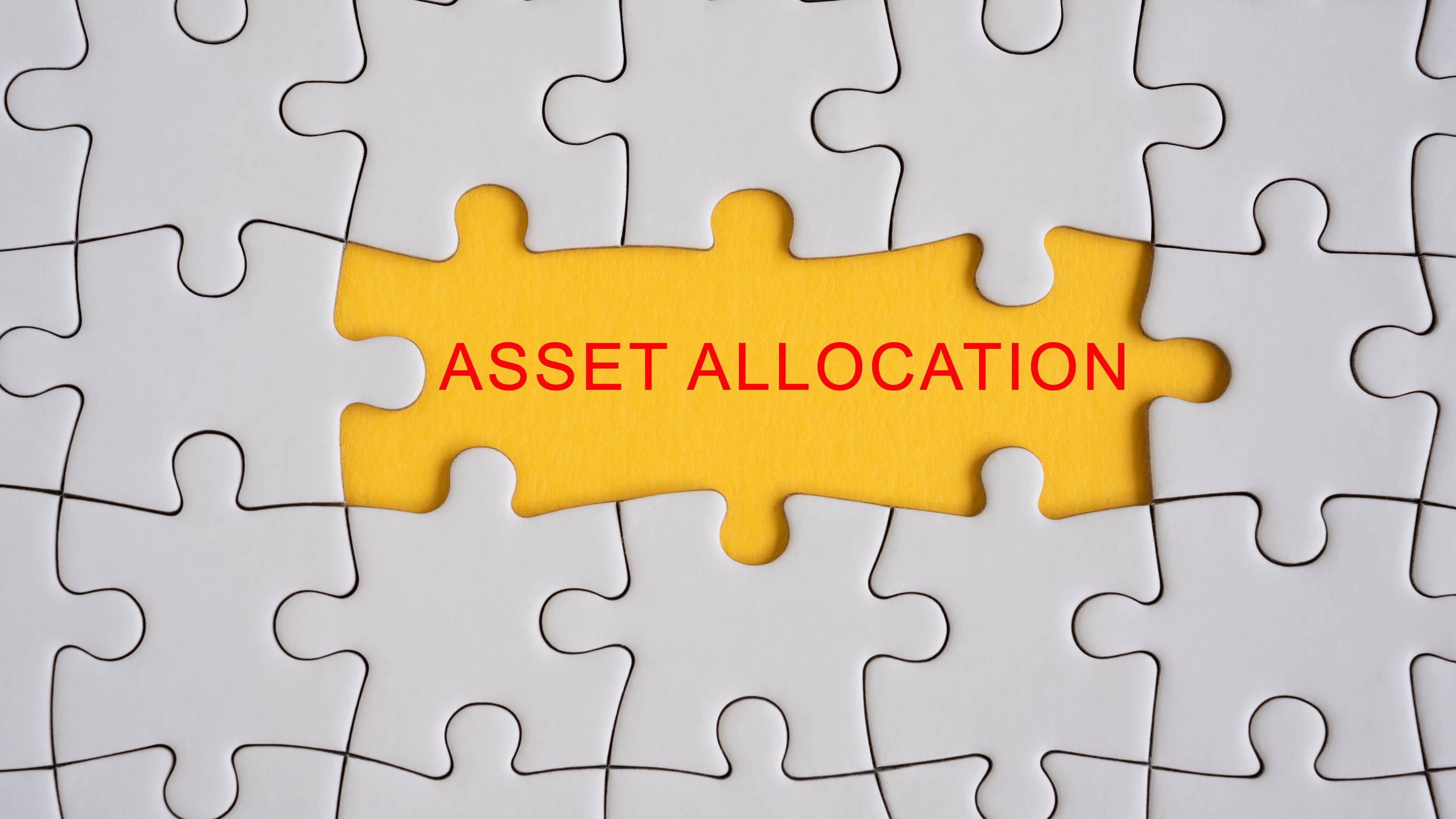Strategic Asset Allocation: Building Wealth With Precision
Certain mindsets are beneficial as you work toward creating wealth that allows the lifestyle you envision.


Building wealth can take many forms. Some invest in the stock market, some acquire real estate, and others become successful entrepreneurs. Contrary to what many experts claim, there’s no one right way to do it.
However, certain mindsets are beneficial as you work toward creating wealth that allows the lifestyle you envision. Currently, there are far more asset varieties outside stocks and bonds, and they’re far more accessible than ever. With the increase in choices, however, strategy is key.
Seek complementary investments
Portfolio diversity is a complicated thing. The number of asset types isn’t nearly as important as the differences between them.
From just $107.88 $24.99 for Kiplinger Personal Finance
Become a smarter, better informed investor. Subscribe from just $107.88 $24.99, plus get up to 4 Special Issues

Sign up for Kiplinger’s Free Newsletters
Profit and prosper with the best of expert advice on investing, taxes, retirement, personal finance and more - straight to your e-mail.
Profit and prosper with the best of expert advice - straight to your e-mail.
For example, you might have your investments split fairly evenly between the stock market, cryptocurrency and foreign currencies. On the surface, these might seem like a set of assets diverse enough to weather just about any economic disaster.
However, all three of those assets are known to be susceptible to volatility. The stock market can be an emotional beast, easily influenced by consumer emotions and politics. Depending on which type of currencies you’re investing in, a war overseas or political unrest can upend your investment values. And when it comes to investment volatility, cryptocurrency is practically the default example.
Any time the vast majority of your portfolio’s value can be decimated from a single event, you should reconsider the balance. For example, you might be drawn to the prospect of sudden, shooting value gains in cryptocurrency. But with that potential for quick gains also comes high risks. Even the “old standards” of Bitcoin and Ethereum have historically seen alarming dips just in a 24-hour period. A good complementary investment would be unlikely to be negatively impacted by an event that potentially sends cryptocurrency values crashing.
So what assets would protect against cryptocurrency volatility but still increase your wealth over time? There are, of course, bonds and money market accounts. But you can go even further and look into physical assets such as land investment.
Specifically, farmland investment is often overlooked by mid-tier investors and has a lot of potential advantages compared to housing and commercial real estate. Farmland is far less susceptible to housing bubbles and has seen steady value gains in recent years due to diminishing supply. So with cryptocurrency, there is a high-risk asset with the potential for impressive short-term gains. Paired with something like farmland — more of a stable, long-term asset — your portfolio is more balanced than one with a dozen varieties of similar assets.
That’s not to say that this particular pairing is one I absolutely recommend to everyone and feel all investors should pursue. The most important thing is to make sure all your assets are working toward your wealth goals and not vulnerable to the same dangers.
Reassess with data, not emotion
Being strategic in your asset allocation implies that you have a strategy and that it’s working. You can make and execute a solid plan, but without regular assessment, you might not be making the adjustments you need for maximum growth.
At the beginning of a person’s wealth-building journey, I typically recommend making three separate goal lists. These should include short-term goals of less than three years, medium-term goals of three to 10 years and long-term goals of more than 10 years. Checking in on your short- and medium-term goals is going to help you ascertain if you’re on track to achieve your long-term goals.
For the best strategy adjustments, you should start with a bird’s-eye view and then dig deeper. If you have 10 rental properties, first look to see how your rental income is performing in general. If owning rentals seems to be working well toward your end goal, it’s time to look at individual properties.
If you notice two properties are underperforming, you need to come up with a good reason to keep them. Ideally, this reason should be directly linked to at least one of your three goal categories. If you can’t find a reason, then a change needs to be made. Once you’ve made that asset type as strong as it can be, see how it interacts with the rest of your portfolio.
Using data and a clear set of goals can make it far easier to implement beneficial strategic adjustments that can impact long-term wealth. There are instances where people get emotionally comfortable with one form of asset and don’t acquire a strong allocation mix in their portfolios. Whether you update your goals or not, it’s always worth a look to see if you need to update how you achieve them.
Keep in mind building wealth is a multifaceted journey, with various paths leading to financial success. While there’s no universal formula, adopting strategic mindsets and seeking complementary investments can enhance your portfolio’s resilience.
Related Content
- What to Know About Alternative Investments
- Long-Term Investments Require a New Approach
- Americans Consider This the Best Long-Term Investment — and It's Not Stocks
- Five Steps to Sorting Out Your Asset Allocation
The information provided here is not investment, tax or financial advice. You should consult with a licensed professional for advice concerning your specific situation.
Profit and prosper with the best of Kiplinger's advice on investing, taxes, retirement, personal finance and much more. Delivered daily. Enter your email in the box and click Sign Me Up.

Justin Donald, Founder of The Lifestyle Investor, helps entrepreneurs and business executives invest to create passive income and freedom.
-
 Fed's Rate Cuts Could Have Impacts You Might Not Anticipate
Fed's Rate Cuts Could Have Impacts You Might Not AnticipateUnderstanding how lower interest rates could impact your wallet can help you determine the right financial moves to make.
-
 Past Performance Is Not Indicative of Your Adviser's Expertise
Past Performance Is Not Indicative of Your Adviser's ExpertiseMany people find a financial adviser by searching online or asking for referrals from friends or family. This can actually end up costing you big-time.
-
 I'm want to give my 3 grandkids $5K each for Christmas.
I'm want to give my 3 grandkids $5K each for Christmas.You're comfortably retired and want to give your grandkids a big Christmas check, but their parents are worried they might spend it all. We ask the pros for help.